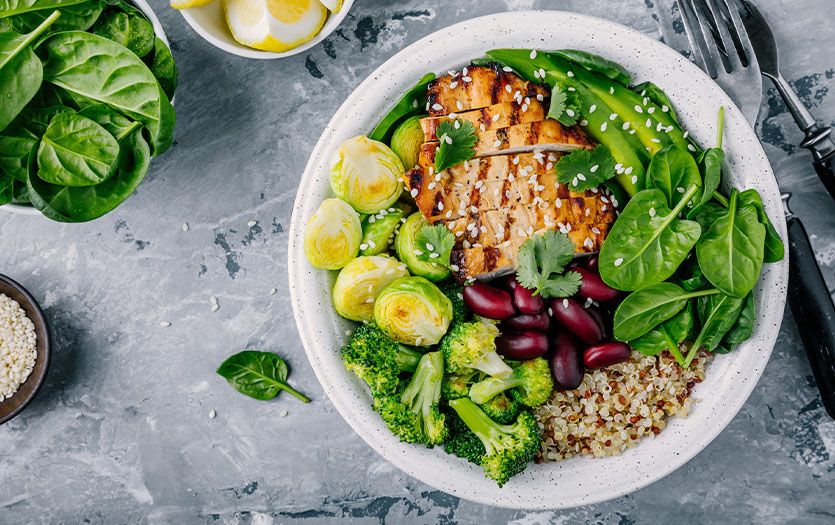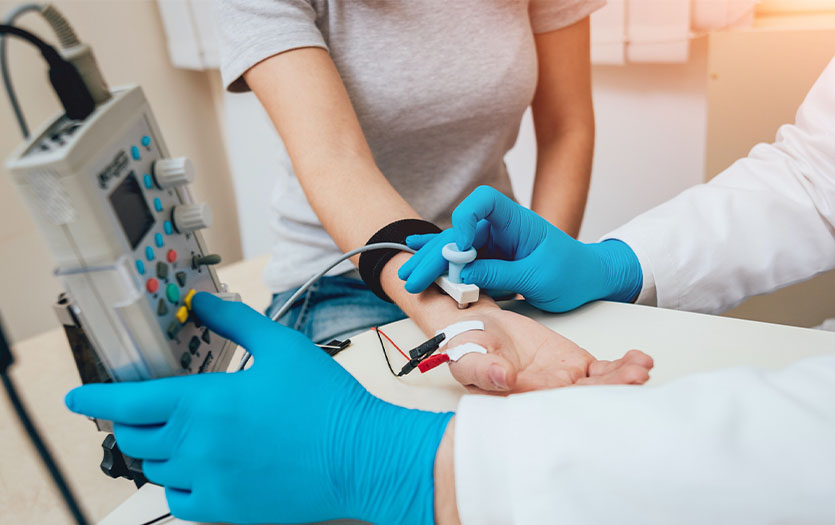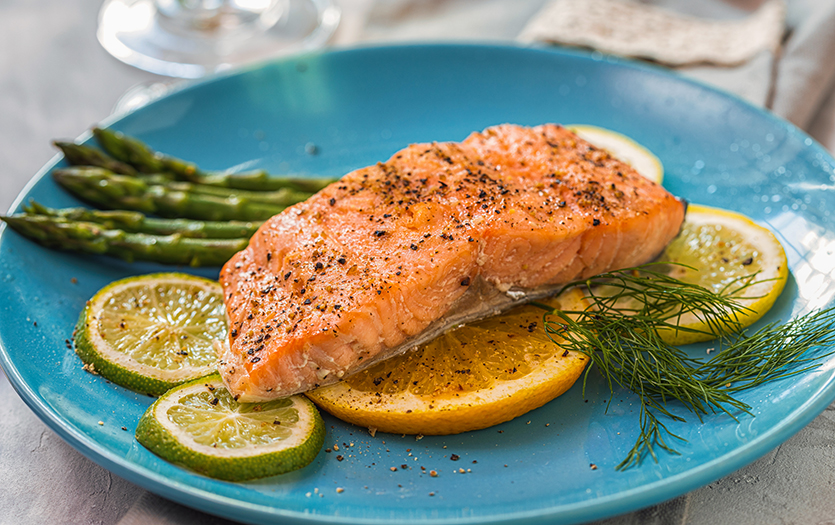
This post was written by Mary Lou Sorg, RN, BC, CDCES, diabetes care education specialist, Diabetes Care Services, Parkview Health.
Whether you have type 1 or type 2 diabetes, it’s important to manage your blood glucose all day long. Diabetes is a breakdown in the body’s system that allows blood glucose to be elevated above a safe level, which causes damage to the blood vessels and nerves. Learning how to properly manage the disease can minimize the effects and support a better quality of life.
Monitoring blood glucose
Most people check their blood glucose levels before meals and at bedtime using a blood glucose monitor, but this only gives a picture of the fasting blood glucose in that moment. Blood glucose normally rises after eating and reaches the highest level about two hours after eating.
The A1c level indicates blood sugar levels for the last three months, which can be helpful in indicating overall risk of complications from high blood glucose. This is obtained through a blood draw.
A continuous glucose monitor measures the glucose in the fluids around the cells and gives a reading every five minutes around the clock. This can be helpful to see how glucose levels are throughout the day.
I like to explain it like this: Monitoring the A1c is the movie title or overall picture, the blood glucose is the individual frames of the movie and the continuous glucose monitor reading is the story of how the glucose is during the day, week and month.
Blood glucose goals
The blood glucose target prior to meals for people with diabetes is 80-130 mg/dL and less than 180 mg/dL 1-2 hours after meals and an A1c of less than 7% for most patients with diabetes per the American Diabetes Association (ADA) guidelines. The target blood glucose varies for each person, and you should check with your physician for your individual blood glucose goals.
Maintaining a steady blood glucose level
These approaches can help people with diabetes keep their post-meal blood glucose in target:
- Plan balanced meals that include lean proteins such as turkey and chicken without the skin, fish and vegetable proteins such as beans, healthy fats such as avocado, olive oil, nuts and nut butters, low-carbohydrate vegetables such as asparagus, broccoli, cabbage, cucumbers, spinach, peppers and onions. Choose carbohydrates that are more complex or higher in fiber such as beans, whole grains and fresh fruit rather than simple carbohydrates or sugars found in juice, white bread and white rice.
- Manage portion sizes. If your favorite food causes your blood glucose to spike after meals, try eating a half portion the next time and see how it impacts your blood glucose.
- Drink water with your meal and stay hydrated.
- Exercise helps decrease the cells’ resistance and helps the body use the sugar for energy. Walking is a great way to begin because it’s free and most people are able to participate. Start with a 5–10-minute walk and increase to 30-minute walks. Then begin increasing your pace. Any activity is beneficial, so find movement you like such as sports, dance, swimming, Tai Chi or yoga, get out there and get moving.
- Maintain a healthy weight because extra weight increases the body’s resistance to getting sugar into the cells. If you do not know your healthy goal weight, check with your physician.
- Take your medications for diabetes as prescribed and directed by your healthcare provider. The timing of rapid-acting insulin is 5-15 minutes, and short-acting insulin is 30 minutes before your meal. This assures your insulin peaks or works the hardest when your blood glucose is highest, after a meal. Blood glucose is highest about two hours after you eat.
There are medications to slow down the breakdown of carbohydrates, increase insulin released from the pancreas, help sugar be used by cells, stop the release of stored sugar or help extra sugar be excreted through the kidneys. Discuss which medications are right for you and how to take them properly with your healthcare provider.
- Avoid low blood sugars which can cause blood glucose to rise after the low blood glucose. You can decrease the risk of low blood glucose by eating three meals a day spaced every four to five hours, have low-carbohydrate snacks between meals and at bedtime. Snack suggestions would be peanut butter and celery, raw vegetables and ranch dip, a boiled egg or a mozzarella stick.
- Stress can raise blood glucose, whether it is physical or mental. Learn ways to decrease and manage stressors and seek help from your healthcare provider if you have concerns around the state of your mental health or ability to manage chronic stress.
Managing post-meal blood glucose helps decrease risks of complications such as kidney disease, eye disease, cardiovascular disease, neuropathy, wounds that will not heal, increased risk of infection, fatigue, brain fog or impaired cognition, anxiety and moodiness. Blood glucose can appear to be in target before the meal but may be significantly elevated 200-300 mg/dL after meals. Excess sugar causes inflammation to the blood vessels and nerves. Overall managing your blood sugar level all day whether before meals or after meals is important to living a happy, healthy life and preventing complications from elevated blood glucose.
If you have questions about your diabetes diagnosis or need assistance managing the condition, our Diabetes Education and Care team members can help. Call 260-373-4280 for more.



